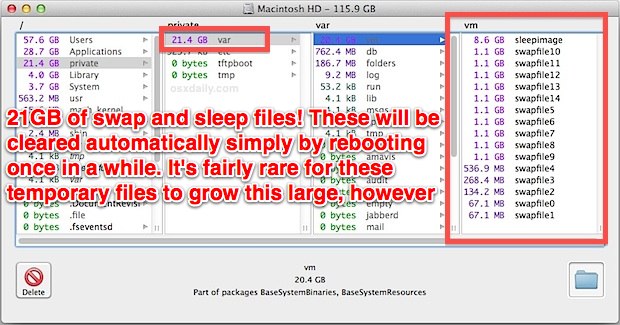

- #Mac os sierra disk space for install the product how to
- #Mac os sierra disk space for install the product mac os
- #Mac os sierra disk space for install the product software
#Mac os sierra disk space for install the product mac os
Select Mac OS Extended (Case-Sensitive, Journaled) if you want files with the same name but with different case treatments (Science Report.txt and science report.txt, for example) to be saved as separate files.

(When you take the space of a storage device and divide it during formatting, you are creating partitions.)Ĭlick on the checkbox next to the disks you want to include in the RAID.

The app shows the disk, and underneath each disk is a list of the partitions on that device. Disk Utility will show the drives eligible for the RAID format you select. The next step is to select your storage devices. It doesn’t offer data protection or better speed.Ĭhoosing a RAID format in macOS Sierra’s Disk Utility.
#Mac os sierra disk space for install the product how to
How to access the RAID Assistant in macOS Sierra’s Disk Utility. To get to the RAID tools, click on the File menu and select RAID Assistant. With Disk Utility open, you should see the main window. You can also press Shift-Command-U or select the Go > Utilities menu while in the Finder. It’s located in the Utilities folder, which resides in your Applications folder. Back up that data if you want to save it.Īfter you connect your storage devices to your Mac, launch Disk Utility. This will erase any data that exists on the disks you want to use for the RAID. How to set up a RAID in macOS Sierra’s Disk Utility
#Mac os sierra disk space for install the product software
If you’re new to software RAIDs, here’s how to get started with the storage devices, then come back to this article to set up the RAID.) A hardware RAID is a RAID array that includes a separate computer that manages the RAID. (In case you’re wondering, a software RAID is one where the Mac manages the RAID. Or you already have a RAID array and need to reconfigure it. You can use Disk Utility if you, say, bought a multi-bay drive chassis and have filled it with spare hard drive mechanisms you had sitting in storage. In macOS Sierra’s Disk Utility (version 16.0, if you’re keeping track), the RAID features are back. Here’s how to set up and configure a software RAID using macOS Sierra’s Disk Utility. You had to turn to a third-party app to do so. One of the major changes was that Apple removed any ability to set up and configure a redundant array of independent disks (RAID). But that changed with OS X El Capitan Disk Utility got a major facelift, and it also had its feature set modified. For many years, the Disk Utility app stayed the same in terms of features and user interface. Apple’s Disk Utility is usually the go-to app for reformatting, partitioning, and diagnosing storage devices on your Mac.


 0 kommentar(er)
0 kommentar(er)
